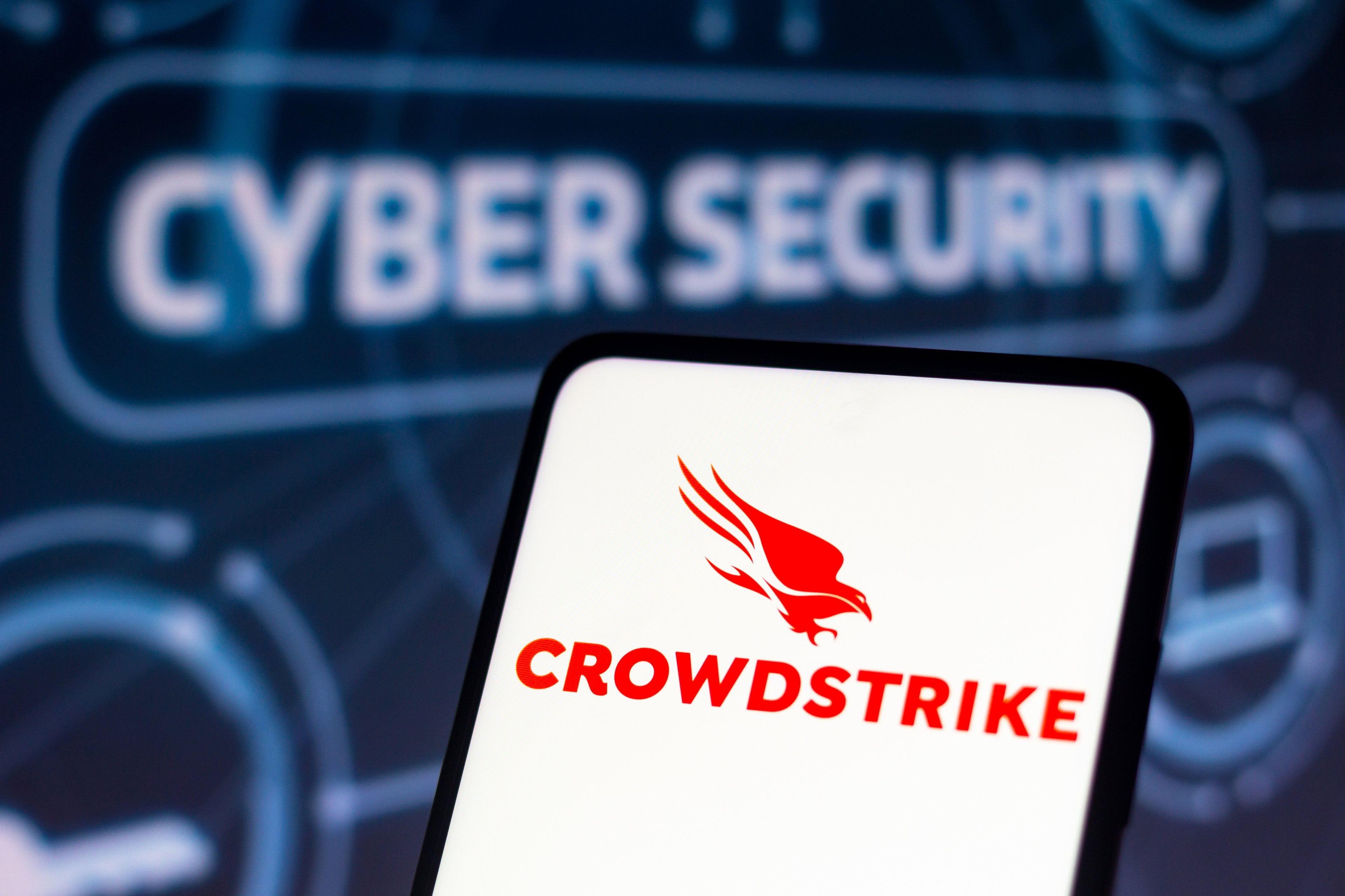CrowdStrike (CRWD 3.93%) went public at $34 a share in June 2019. The cloud-based cybersecurity company's stock started trading at $63.50, and it eventually soared to an all-time high of $293.18 in November 2021.
Yet as of this writing, CrowdStrike trades at about $95. It lost its luster as rising interest rates drove investors toward more conservative investments, while concerns about its cooling growth, lack of profits, and frothy valuation exacerbated its decline.
But could CrowdStrike stage a comeback in 2023? Let's review the bear and bull cases to find out.

Image source: Getty Images.
What the bears will tell you about CrowdStrike
The bears believe CrowdStrike is due for a breather following years of breakneck growth. Its revenue already jumped 93% in fiscal 2020 (which ended in January 2020), soared another 82% in fiscal 2021, and rose 66% in fiscal 2022. For fiscal 2023, it expects revenue to increase 53%-54%.
That growth rate is still impressive, but a closer look at the company's year-over-year growth in subscription customers and net new annual recurring revenue (ARR) over the past year reveals a troubling trend:
|
Metric |
Q3 2022 |
Q4 2022 |
Q1 2023 |
Q2 2023 |
Q3 2023 |
|---|---|---|---|---|---|
|
Subscription customer growth (YOY) |
75% |
65% |
57% |
51% |
44% |
|
Net new ARR growth (YOY) |
46% |
52% |
32% |
45% |
17% |
|
Revenue growth (YOY) |
63% |
63% |
61% |
58% |
53% |
Data source: CrowdStrike. YOY = year over year.
During CrowdStrike's third-quarter conference call, CFO Burt Podbere warned that its net new ARR growth in Q4 would come in "up to 10%" below its Q3 rate, which implies that key metric will only rise by the single digits. Podbere also expects its net new ARR growth in fiscal 2024 to be "roughly flat to modestly up year over year."
CEO George Kurtz attributed that slowdown to "increased macroeconomic headwinds," which "elongated sales cycles" among its smaller customers and caused its larger customers to pursue "multiphase" subscriptions that were broken down into smaller deals. That shift pushed its recognition of net new ARR further into future quarters.
Analysts still expect CrowdStrike's revenue to rise 34% in fiscal 2024, but its slower growth in new customers and net new ARR suggests it will need to squeeze more revenue out of its existing clients to hit that target. They expect that slowdown to persist, with just 30% growth in fiscal 2025.
CrowdStrike will also likely remain unprofitable on a generally accepted accounting principles (GAAP) basis for the foreseeable future. That red ink, which was largely caused by the stock-based compensation (SBC) expenses that gobbled up 23% of its revenue in the first nine months of fiscal 2023, will further dampen its appeal to investors as interest rates continue to rise.

NASDAQ: CRWD
Key Data Points
What the bulls will tell you about CrowdStrike
The bulls will tell you that CrowdStrike still enjoys a first-mover advantage in the growing niche market for cloud-native cybersecurity services. Instead of installing on-site appliances, which are expensive to scale as an organization expands, CrowdStrike's Falcon platform only provides its network endpoint security tools as cloud-based services.
That innovative and lightweight approach enabled CrowdStrike to nearly quadruple its number of subscription customers from 5,431 at the end of fiscal 2020 to 21,146 in the third quarter of fiscal 2023. It's also kept its dollar-based net retention rate, which measures its year-over-year revenue growth per existing customer, comfortably above 120% ever since its IPO.
CrowdStrike keeps its retention rate high by cross-selling more cloud-based modules to its customers. By the end of the third quarter of fiscal 2023, 60% of its customers had adopted five or more of its modules, compared to 59% in the previous quarter and 55% a year earlier.
Its subscription gross margin also expanded from 75% in fiscal 2020 to 79% in both fiscal 2021 and fiscal 2022. That metric only dipped slightly to 78% in the first nine months of fiscal 2023, which suggests it still has plenty of pricing power in the cloud-based cybersecurity market.
As for its profits, the bulls will note that CrowdStrike has been profitable on a non-GAAP basis since fiscal 2021, and that it can eventually narrow its GAAP losses by reining in its SBC expenses. In the meantime, it still has plenty of liquidity: It ended its latest quarter with $2.5 billion in cash and cash equivalents, up from $2 billion at the end of fiscal 2022.
Last but not least, CrowdStrike's stock now looks reasonably valued at 45 times its forward adjusted earnings and 7 times next year's sales. By comparison, Palo Alto Networks -- which is growing a lot slower but pumping out more stable profits -- trades at 42 times forward earnings and 5 times next year's sales.
Which argument makes more sense?
CrowdStrike's stock probably won't revisit its all-time highs this year, but it looks attractively valued. Even if its top-line growth levels out at 30% per year, it could still deliver multi-bagger gains over the long term. Its stock could remain volatile as the bear market drags on, but I believe the bullish thesis makes more sense than the bearish one for 2023.





